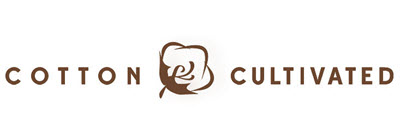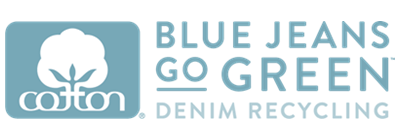Cotton Incorporated
Executive Cotton Update
U.S. Macroeconomic Indicators & the Cotton Supply Chain
May 2025
Macroeconomic Overview: Policy uncertainty is a dominant influence on the global economy, and this has been reflected in recent updates to macroeconomic forecasts. The International Monetary Fund (IMF) released new estimates for economic activity around the world in the middle of April. These projections were released after the series of tariff announcements that were made earlier in the month and the IMF attempted to incorporate those into estimates for the global economy.
The numbers published by the IMF in April can be compared against the figures it released in January to derived estimated effects of recent policy developments. Relative to the figure that the IMF released in January, global GDP growth in 2025 was lowered -0.5 percentage points (from 3.3% to 2.8% between January and April). The current estimate suggests the world’s economy will expand at a rate near the level from the first round of trade dispute between the U.S. and China (global GDP was 2.9% in 2019). For comparison, the average growth rate was 3.5% between 2022 and 2024. In 2026, conditions are expected to improve slightly, with global growth expected to reach 3.0% (down from a forecast of 3.3% in January).
At the country-level, revisions to GDP forecasts were universally negative for major economies. Figures for 2025 were lowered for consumer markets in the U.S. (from 2.7% in January to 1.8% in April), China (from 4.6% to 4.0%), and the Euro Zone (from 1.0% to 0.8%). Revisions to projections for growth in 2026 were also all negative (-0.4 percentage points to 1.7% for the U.S., -0.5 points to 4.0% for China, and -0.2 points to 1.2% for the Euro Zone).
However, uncertainty is a key element of all these forecasts. Policies have the potential to change in multiple directions and there could be corresponding changes to expectations for the global economy. For example, after the major announcement of tariff increases on April 2nd, the U.S. soon reduced the size of those tariff increases pending further review and negotiation. Those reductions are temporary, with a 90-day window for agreements to be reached. That 90-day window is set to expire July 9th.
In the meantime, there are significant questions facing importers in the U.S. Do they attempt to bring in more goods ahead of July 9th because tariff rates might increase further? Or, do they wait until after the negotiation period is over in hopes that more favorable conditions could result? Retailers already increased imports of all goods in the first quarter, which was a weight on U.S. GDP (imports are subtracted from calculations of GDP, and higher imports were a reason U.S. GDP contracted at a -0.3 annualized rate in the first quarter). Similarly, consumers could also be pulling spending forward due to inflationary concerns. If widespread, this behavior could contribute to stronger spending growth in the near term and contribute to weaker growth further into the future.
Employment: The U.S. economy was estimated to have added +177,000 jobs in April. Revisions to previous months were negative, with the figure for February falling -15,000 to +102,000 and the figure for March falling -43,000 to +185,000. Job gains in March and April were higher than the current 12-month average (+157,000).
The unemployment rate was unchanged at 4.2% in April, holding at its highest level since 2021. While unemployment is a little higher than it has been in recent years, it is rare historically to be below five percent.
Average hourly earnings increased +3.8% year-over-year in April. The rate of wage growth has been trending slowly lower in recent months, but it has been close to four percent since late 2023. Despite the gradually slowing rate of increase, wage growth has exceeded inflation by at least a percentage point for each of the past ten months.
Consumer Confidence & Spending: The Conference Board’s Index of Consumer Confidence Index decreased -7.9 points in April to 86.0. This represented the fifth consecutive month of decline, and it was the largest monthly decrease since August 2021 (there was another large -6.2 point decline in March). The recent downtrend has pulled the index below the range between 95 and 115 that had contained values since early 2021.
Overall consumer spending accelerated in March (+0.7% month-over-month, was -0.4% in January and +0.1% in February). Year-over-year, overall spending was +3.3% higher. Spending on garments was flat month-over-month in March (-0.02%), but it was up +3.7% year-over-year.
Consumer Prices & Import Data: The CPI for garments increased +0.5% month-over-month and +0.7% year-over-year in March. Average import costs for cotton-dominant goods (excluding tariffs, seasonally-adjusted values in terms per square meter equivalent or SME) have been stable near $3.70/SME since late 2023. Apparel import volumes have been strong since October, with the average year-over-year increase near 20%. In the latest data available (March), SME volumes were +12% higher.









